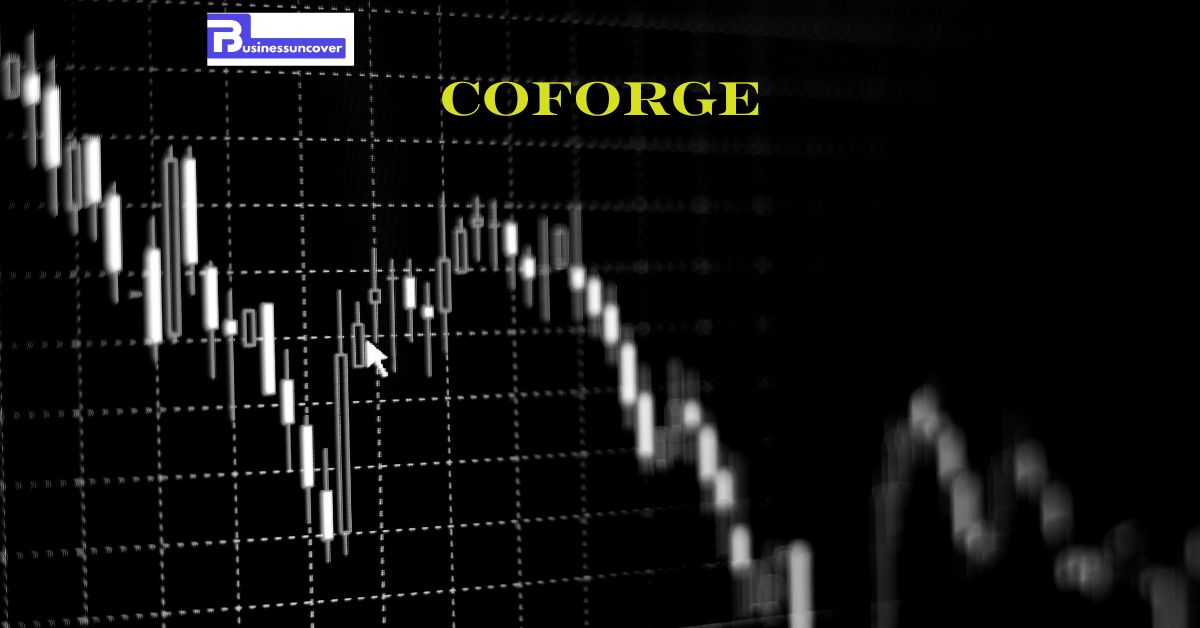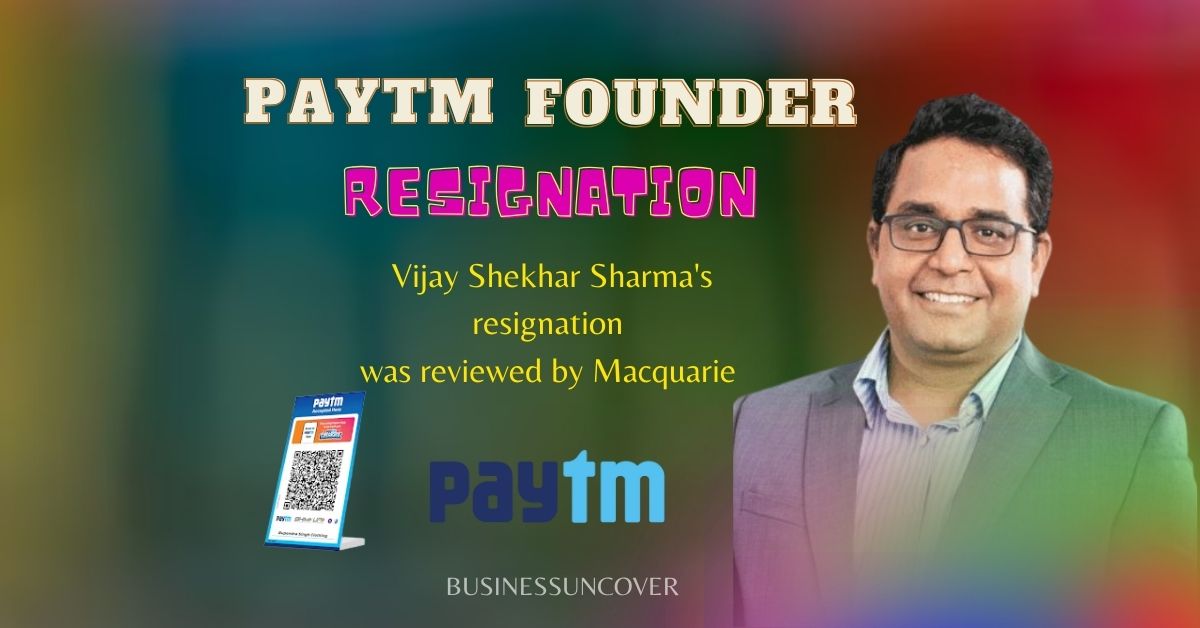India’s coal future looks bright because the nation can extract, use, and burn the dry fuel much more sustainably thanks to existing technologies, according to a statement released on Monday by FutureCoal.
It is believed that coal is the primary cause of climate change, accounting for almost 30% of greenhouse gas emissions worldwide from thermal electricity.
“The outlook for coal in India appears promising. We are optimistic about the potential for utilizing technologies that enable the extraction, use, and combustion of coal in a more sustainable manner. Additionally, post-combustion treatments have the capability to significantly reduce CO2 emissions, possibly up to 99%, according to Sunil Chaturvedi, a member of the FutureCoal Board.”
The goal of the FutreCoal Global Alliance is to increase public awareness of the role that fossil fuels play in the economy by representing the entire value chain.
He added that coalaccounts for 70% of the energy generated. India has transitioned to supercritical and ultra-supercritical technologies over the past fifteen years. This indicates that India is burningcoal far more effectively, cleanly, and efficiently overall.
This will continue since the uses of coal extend beyond the production of electricity. Although there has been significant progress, Chaturvedi noted that things are still changing.
He predicted that India would still require 1.5 billion tonnes of coal by 2030 when the country’s share of thermal power would drop to about thirty to thirtfive percentage (30 to 35 percent). As a result, India needs to produce more fossil fuel.
Michelle Manook, CEO of FutureCoal, believes that coal has a bright future in India.
“The collective impact of the coal value chain across diverse sectors like power, steel, cement, aluminum, chemicals, and renewable infrastructure reaches into the realm of hundreds of billions, constituting a tightly interconnected global supply network,” she elucidated.







